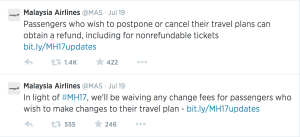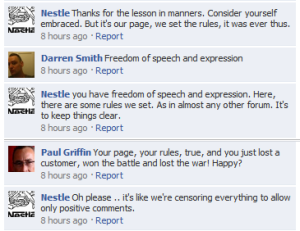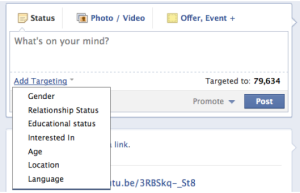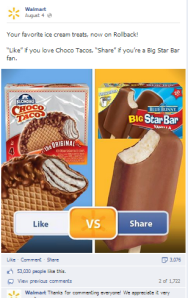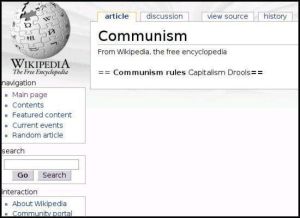In a society that still considers eating disorders a taboo issue to discuss, the internet becomes a place for the sick to find solace. With the growing popularity of social media and blogging sites, the pro-ana trend was born and it took eating disorders to a whole new level. The term pro-ana refers to the promotion of anorexia nervosa and bulimia nervosa on online platforms. Eating disorders are a disease highly misunderstood by the general public, which causes those who are suffering to feel increasingly isolated, forcing them to turn to the internet for help. But this is where many sufferers get stuck.
Pro-ana sites aren’t a place for those who want to be saved; they are a place to indulge in the lifestyle of an anorexic. Pro-ana sites, which have a strong presence on Tumblr, appear to be an online community for sufferers to find others who understand their struggle. However, pro-ana sites feature all the tips, tricks and techniques to endorse a persons eating disorder. The blogs become a forum for purging and starving tips, comparison of weight and progress and ‘thinspiration’ photos. The blogs followers form a clique like community that band together to perpetuate eating disorders and reject the disapproval of the their non-eating disordered counterparts. Overall, these blogs become a forum to compete to be the sickest.
A study titled “Communicating Stigma” found that there were several motivations for pro-ana blogging. They included social support, self-expression and coping with stigma. The study also found that blogging caused negative drawbacks such as instilling fear in the disclosure of eating disordered behaviour and encouraging eating disordered behaviour.
Billie*, a participant of the study, stated the following about her pro-ana blogging experiences:
“I often refer to how my blog is my true self and how in real life I have to act and hide my true feelings. I often call myself an actress on a stage playing out a part in my real life. My blog is who I am backstage when I’m stripped of the makeup and costume.”
In conclusion, blogging is an incredible phenomenon that has copious benefits and provides a platform for individuals everywhere to express themselves. However blogging also has a negative side which is undoubtedly prominent in the pro-ana online trend.
References:
Yeshua-Katz, D., & Martins, N. (2013). Communicating stigma: The pro-ana paradox. Health Communication, 28(5), 499-508. doi:10.1080/10410236.2012.699889



